The 6 best niacinamide serums to nourish your skin's barrier and smooth fine lines
From iconic brands to French pharmacy favourites, our team has tested an array of niacinamide serums to bring you the best of the best...


Naomi Jamieson
Boasting a multitude of benefits, niacinamide is the hardworking but somewhat unsung hero of the skincare world, and according to our beauty team, these are the best niacinamide serums and creams deserving of a spot in your routine.
If asked to name a popular and powerful skincare ingredient, most people would likely reel off retinol, vitamin C and of course, hyaluronic acid. After all, the best hyaluronic acid serums are famous for their hydration-boosting powers and vitamin C treatments, for instance, for their brightening effects. However, there's another, lesser talked about luminary that does just about anything and everything we’d look for in a skincare product: niacinamide.
This humble ingredient is no one-trick pony; it hydrates, soothes and smoothes your complexion and in case you're keen to add it to your arsenal, our beauty team has tested an array of the best formulas and quizzed skincare experts on all things niacinamide...
The 6 best niacinamide serums to add to your stash, per a beauty expert
From La Roche-Posay to Vichy, our beauty expert has tested an array of niacinamide-enriched serums and creams to bring you the top six formulas that are worth investing in - with options to suit every skin type and budget.
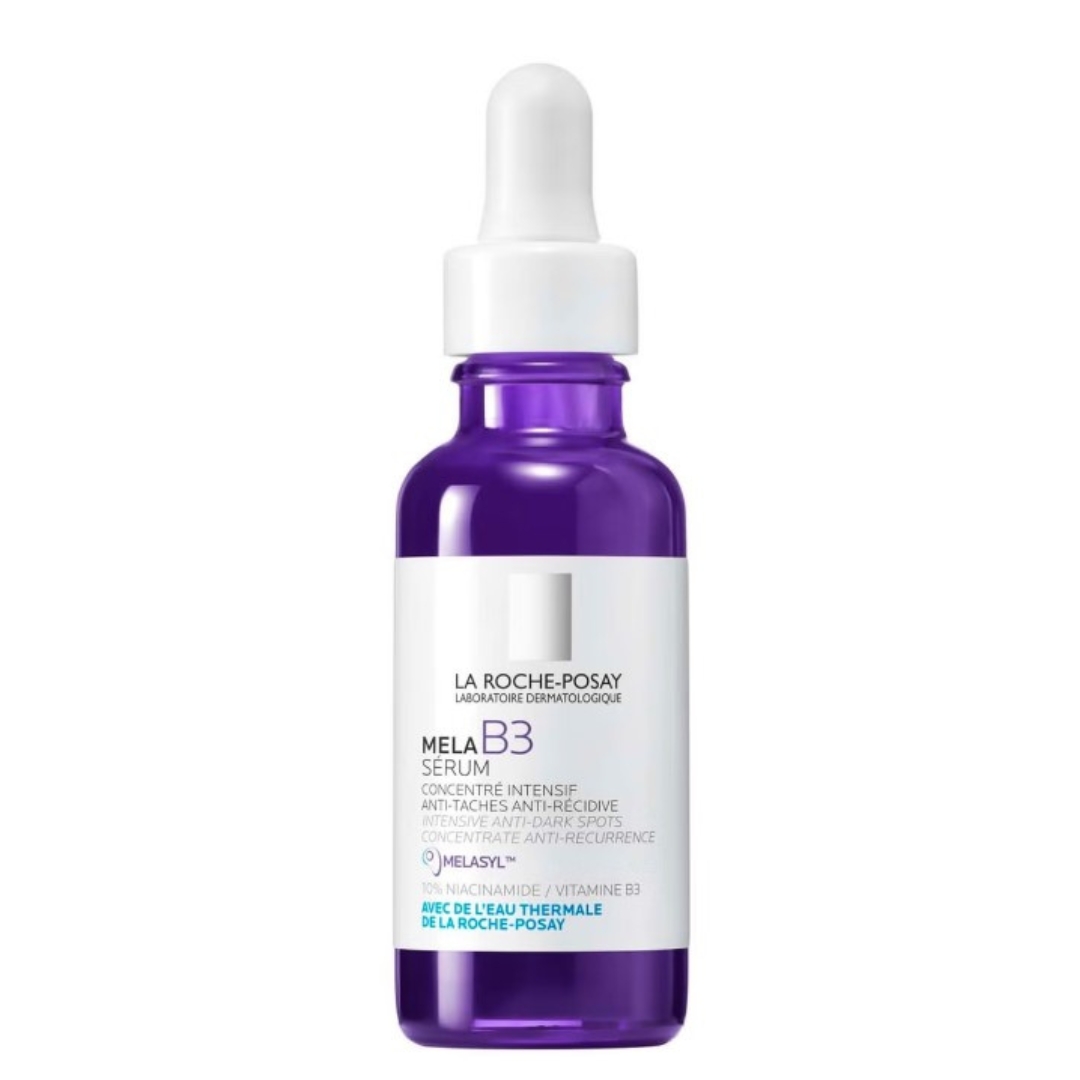
RRP: £48 | Key ingredients: MELA B3 (the brand’s patented Melasyl™ ingredient - basically a melanin trapper) with 10% Niacinamide. Plus Retinyl palmitate (a form of retinol).
Reviewed by: Charley Williams-Howitt
I love the sun, but of course, my skin doesn’t. Hence why I have developed patches of hyperpigmentation scattered over my face. I was so excited to test this as I love La Roche-Posay products and their derm-backed offerings, and had heard great things from fellow beauty eds about this particular serum. This has a super silky feeling that glides easily across my skin. A little of the pink (pink!) serum goes a long way - I just squeezed half a pipette. I used this daily for one month and darker patches have definitely faded, plus there was one spot where I swear I had a darkening of colour previously, has simply vanished!
Reasons to buy: Helps to zap acne scarring as well as pigmentation. Is hypoallergenic, alcohol-free, non-comedogenic and dermatologically tested. Skin feels bouncy and smooth after use and there's a true reduction of dark patches and improvement of skin tone.
Reasons to avoid: Quite expensive for the size and the fragrance is debatable
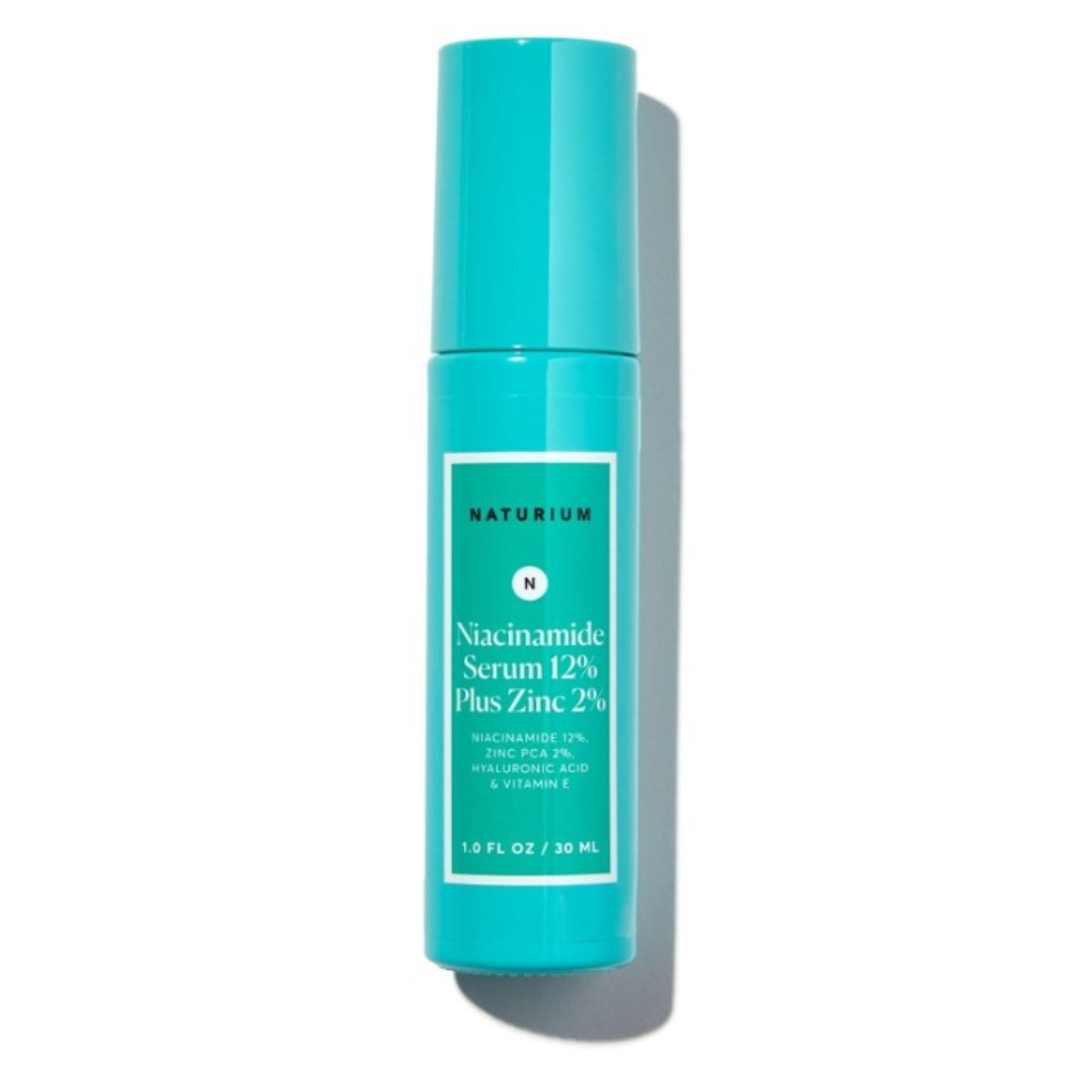
RRP: £18 | Key ingredients: Niacinamide, zinc PCA and hyaluronic acid
Reviewed by: Charley Williams-Howitt
I don’t necessarily have oily skin, however, I do get occasional hormonal breakouts. I was interested in trying a hydrating serum that also aids sebum reduction. With a high concentration of niacinamide combined with hyaluronic acid, plus 2% zinc, it offers a mix of super moisturising ingredients as well as targeting specific congested areas.
I had a particularly annoying set of spots arrive on my skin one week, and this helped to calm redness and shine almost immediately, without leaving the rest of my face feeling deplenished of hydration. However, it feels more like a balm than a serum, so I had to use a little bit more for it to travel evenly over my face.
Reasons to buy: Decongests confused complexions, affordable, calms and hydrates, is fragrance free and so good for sensitive skin. Dries down to a soft, smooth texture.
Reasons to avoid: A little tacky until it settles and has more of a balm texture than a serum. Not ideal for severe acne.

RRP: £34 | Key ingredients: Vitamin B3, Omegas 6-9 and Vichy Volcanic Water
Reviewed by: Charley Williams-Howitt
At 45 years old I am definitely feeling some symptoms of perimenopause. My skin is a bit all over the place (as are my hormones!). I have become a little doubtful of products with ‘menopausal benefit’ claims due to ‘jumping on the bandwagon’ suspicions. However, Vichy is a brilliant brand, so I was intrigued to try. I didn’t find it the easiest to use; the applicator is a little fiddly to navigate and the serum’s consistency is very runny, like water.
You have to shake to activate. But once it made it to my skin, oh boy, I was converted. It was like a comfort blanket for my face - smoothing, plumping and leaving a delicious, juicy glow. I can’t stop, and won’t stop using it.
Reasons to buy: Addresses the five noticeable indications of peri and menopausal skin and transforms skin in as little as 5 days. Comfortable and nourishing to wear, almost like an ‘injectable hydrator’ in a bottle and gives an incredible radiance to the skin.
Reasons to avoid: Runny consistency

RRP: £38 | Key ingredients: The brand’s highest concentration of 99% pure Niacinamide, plus vitamin E.
Reviewed by: Charley Williams-Howitt
This really is a pleasure to use. It’s got a lovely consistency and my skin seemed to enjoy its hydration-giving ingredients - it gave a nice hit of moisture to my complexion. But to be honest, for the price, I was expecting a little more. I didn’t see much difference in my skin tone or any softening of wrinkles. Maybe I need to give it a bit more time to work? (I only tried it for 10 days).
However, I am a little impatient and like to see immediate results as well as long-term gains. I have passed on to my 70-year-old mum who has very dry skin for her to use for a longer period of time. I’ll keep you posted!
Reasons to buy: Trusted brand, pure and dependable ingredients. It is pleasant to use with a nice, lightweight texture and very hydrating.
Reasons to avoid: Quite expensive, need to commit to using long-term to see results and it won’t really ‘defy ageing’
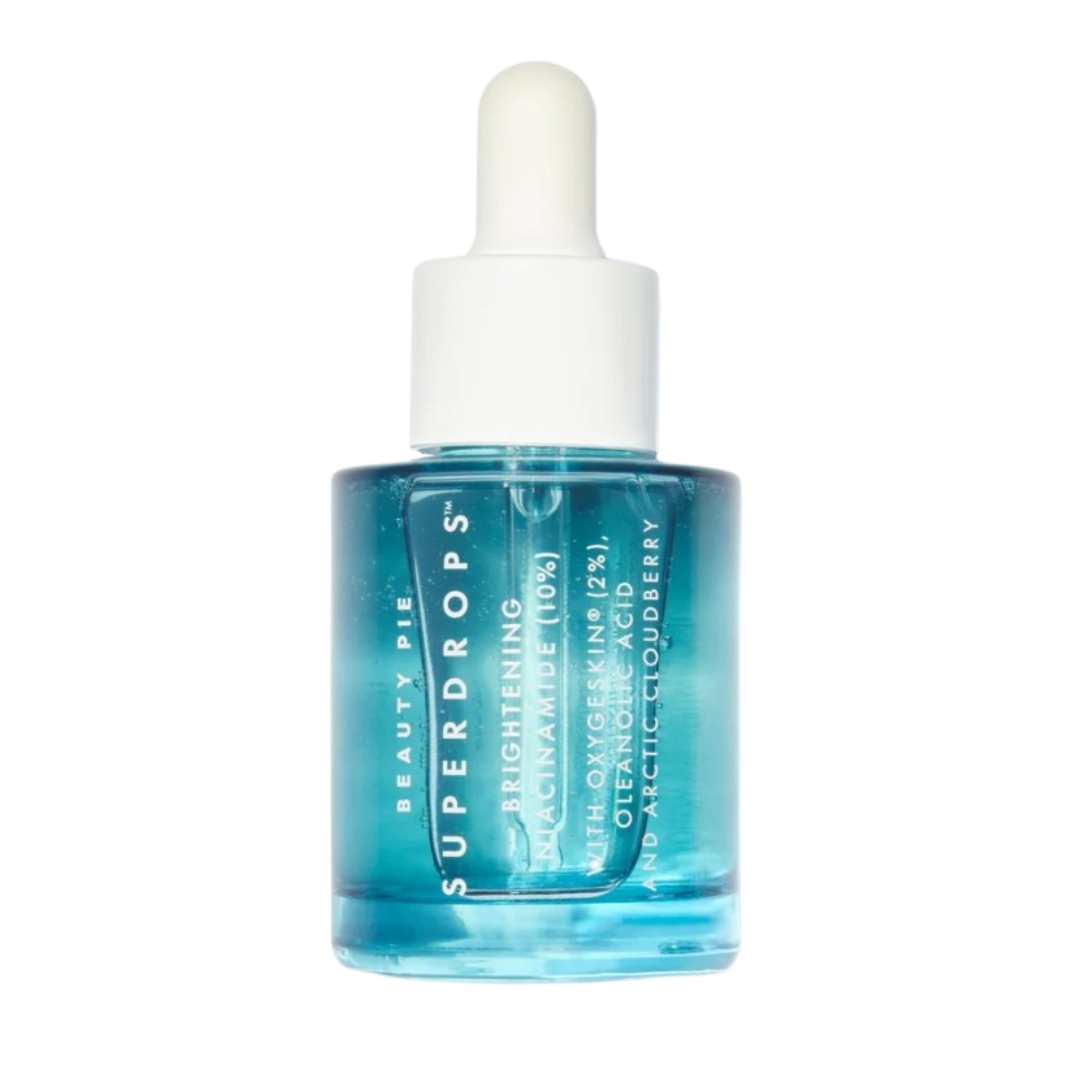
RRP: £30 | Key ingredients: With 10% Niacinamide, 2% Oxygeskin and 3% Evermat (which makes large pores look like they’ve shrunk).
Reviewed by: Charley Williams-Howitt
This has been all over socials with users hailing it ‘the secret to glass skin’. I sit on the fence when it comes to this so-called trend, however, glowy, radiant skin is something every woman wants. Including me. You are advised to use 5-6 drops morning and night, but I found this drop-count far too much. The consistency is watery with a bit of slip and it felt super nourishing - my skin drank up the hydration. My complexion felt smooth, almost primer-like, and it had a soft, glowy sheen to it. Although at £15 for 30ml when you’re meant to use a minimum of 10 drops per day - I wouldn’t expect this to last that long.
Reasons to buy: Gives a burst of hydration to parched skin and creates a lovely smooth skin base for makeup.
Reasons to avoid: Consistency is very watery, which some users may not like - and it wouldn’t last long if you adhere to the recommended dose.
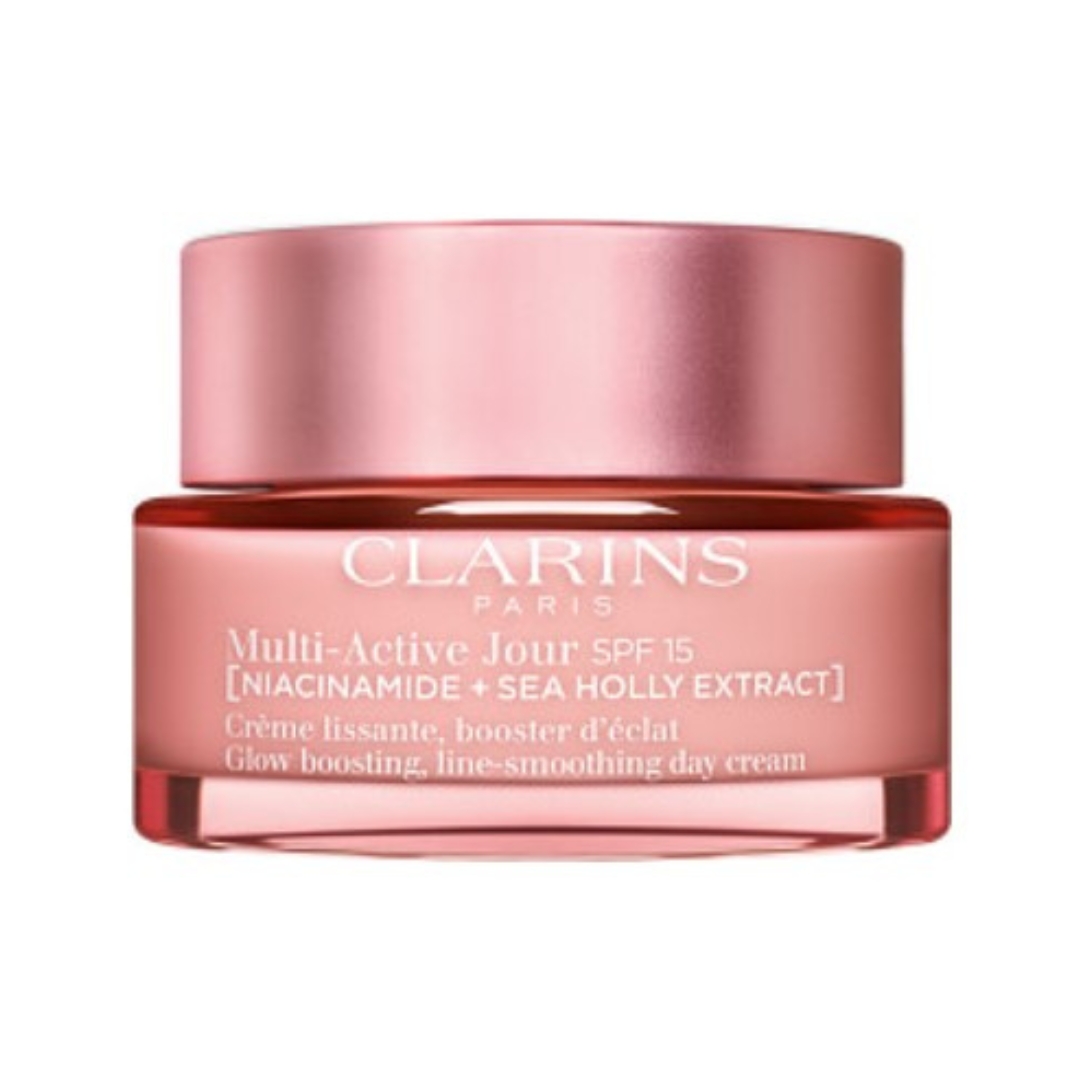
RRP: £50 | Key ingredients: Niacinamide combined with organic Sea Holly extract
Reviewed by: Charley Williams-Howitt
So this goes against the grain a bit as it’s a cream rather than a serum, but I have heard such positive things about this new launch, that I had to see for myself. The texture is so creamy, I had to stop myself from smothering it all over my body as well as my face. It has a very rich texture - so it's better suited to dryer and more mature skins - but it settles in quickly, leaving my skin looking pillowy and plump. Also, after 6 weeks of use, lines and wrinkles appeared softer and less prominent.
Reasons to buy: UV protected (SPF15), delivers a smoother skin tone and softens the appearance of lines and wrinkles. Skin looks firmer and plumper.
Reasons to avoid: Rich consistency, so not suitable for oily skin and has a high-end price point.
How we tested the best niacinamide serums
Like with the best retinol serums and creams, as well as the best face moisturisers, our tester tried every single formula featured in this guide.
To edit down our recommendations for niacinamide serums (and one cream!), we looked for products with a range of concentrations from 2% up to 12% - this allowed us to see the results of varying percentages. Added humectants, like hyaluronic acid and vitamin E, are positive additions to niacinamide serums, too. Those with low synthetic fragrance and low in silicone were favoured as well.
Our expert panel
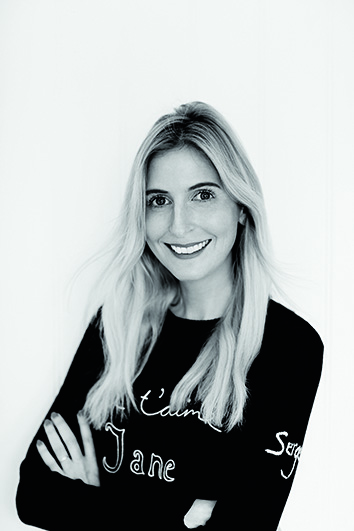
Charley Williams-Howitt is a beauty editor with over 20 years of experience. Like a lot of people, she is a recent convert to niacinamide. Since turning forty, she has noticed a lot more redness and pigmentation on certain parts of her face, as well as dryness that hasn’t been shown itself previously. She is always on the lookout for super hydrating products that go the extra mile.
Dr Ahmed El Muntasar is an award-winning aesthetics doctor with clinics around the UK, who has shared insights into what niacinamide is and how it works.
Dr Cunningham is a Consultant Dermatologist at skincare brand Skin+Me, which houses an array of hardworking formulas and offers personalised treatments. Dr Cunningham has shared with us the benefits of niacinamide and how to incorporate it into your routine.
Dr Sam Bunting (Cosmetic Dermatologist MA Cantab, MBBS, MRCP UK), is the founder of the eponymously-named skincare brand and clinic DR SAM BUNTING, which offers personal consultations and accessible treatments and products. For this guide, Dr Bunting has shared her expertise on niacinamide and all its benefits.
What is niacinamide?
To avoid any classic niacinamide mistakes, it's important to know exactly what the ingredient is and equally, what it does.
"Niacinamide is a form of Vitamin B3," explains Dr. Cunningham, Consultant Dermatologist at Skin + Me. "It’s a vitamin that’s beneficial for our bodies inside as part of a healthy diet (niacin is found in foods such as grains, fish, meat and beans and converts to niacinamide when eaten) and keeps our skin healthy on the outside when applied topically."
It does this, according to Dr Ahmed El Muntasar, a GP and award-winning aesthetician, "by helping build up some proteins, useful proteins in the skin, plus, it helps maintain hydration and it protects your skin from the environment that we're in, including the damaging effects of pollution and the sun."
Why is niacinamide so popular?
Niacinamide has a throng of skincare benefits, such as soothing fine lines and wrinkles, boosting skin’s elasticity and reducing signs of environmental damage.
"It's an all-round crowd-pleaser," says Dr. Sam Bunting. "Versatile, well-tolerated and it’s actually a dream to formulate as it doesn't need any special treatment."
The popularity of niacinamide could also be due to the fact that now, we are much more aware of the importance of supporting our skin barrier. Not only does niacinamide help to strengthen this barrier, but because it gets along with other actives, such as retinol and alpha hydroxy acids, it allows our skin to tolerate these ingredients better.
What are the benefits of niacinamide?
How long have you got?! If ever there was an ingredient all-rounder, this is it. "From improving skin texture and tone to enhancing the skin barrier function to diminishing the appearance of fine lines and wrinkles," enthuses Dr. Cunningham.
It can also help with increasing the skin’s tolerance to topical retinoids, according to Dr. Bunting, and she suggests using niacinamide before starting a retinoid if you have sensitive skin. Plus, she adds. "This is a great way to help improve compliance with retinoids in acne sufferers who also have a tendency to dry, sensitive skin."
Who can use niacinamide?
Niacinamide has extensive advantages and is just about universally effective for every skin type. "It’s suitable for all ages – from teens through to those with mature skin," agrees Dr. Bunting. "It’s a fantastic all-rounder that’s brilliantly well-tolerated so most people can benefit from it."
Plus, adds Dr. Cunningham, "it is more gentle than retinol and retinoids in terms of its skin-ageing benefits and is safe to use during pregnancy."
How much niacinamide do we need?
According to Clarins, while niacinamide is highly tolerated and best for all skin types, it can be found in varying concentrations, with 10% being the highest. As a result, it may lead some to skin irritations, while a concentration that is too low will have minimal effect.
Dermatologists recommend starting at around 2-3% and working up to a maximum of 10% depending on how your skin reacts to it. In regards to when to apply, Dr. Bunting says that, "niacinamide can be used at any time of day. It can be built into sunscreen in the morning and it can be used in a serum format at night."
Any precautions before using niacinamide?
Niacinamide is generally quite a good ingredient for your skin. However, Dr Ahmed El Muntasar advises to be careful not to over-hydrate your skin.
"Sometimes people can use niacinamide, hyaluronic acid, ceramides and all these different hydration products, thinking that ‘hydration, hydration’ is always a good thing. However, if you're acne-prone, that could be quite bad because that can actually break you out. So too much of a good thing, could be a bad thing."
Sign up to our free daily email for the latest royal and entertainment news, interesting opinion, expert advice on styling and beauty trends, and no-nonsense guides to the health and wellness questions you want answered.
Charley Williams-Howitt has over 20 years of experience working in the beauty industry. As well as previously writing for lifestyle titles, such as woman&home, Woman and Woman's Weekly, Charley has worked for British institutions like Marks and Spencer, John Lewis, and Superdrug creating visual and editorial content cross-platform. Starting her career in the fashion cupboard at Cosmopolitan magazine, she eventually escaped the piles of clothes to discover a world of makeup, moisturizers, and models.
- Naomi JamiesonDigital Beauty Writer